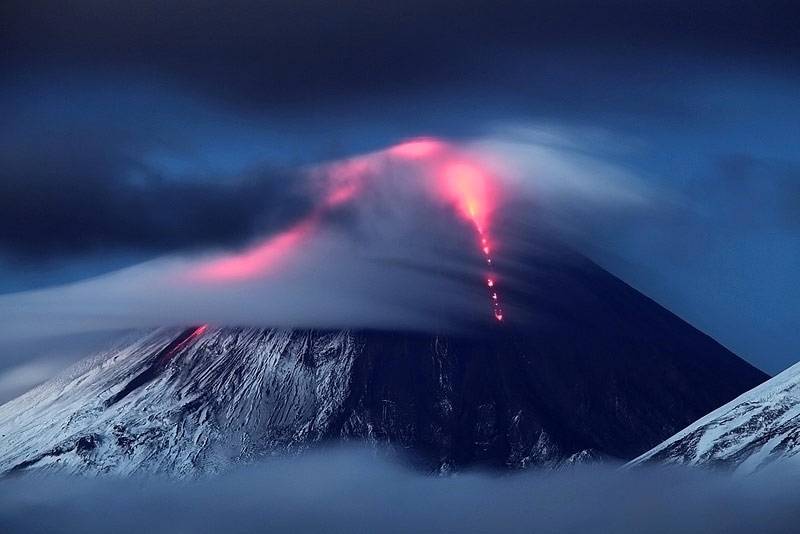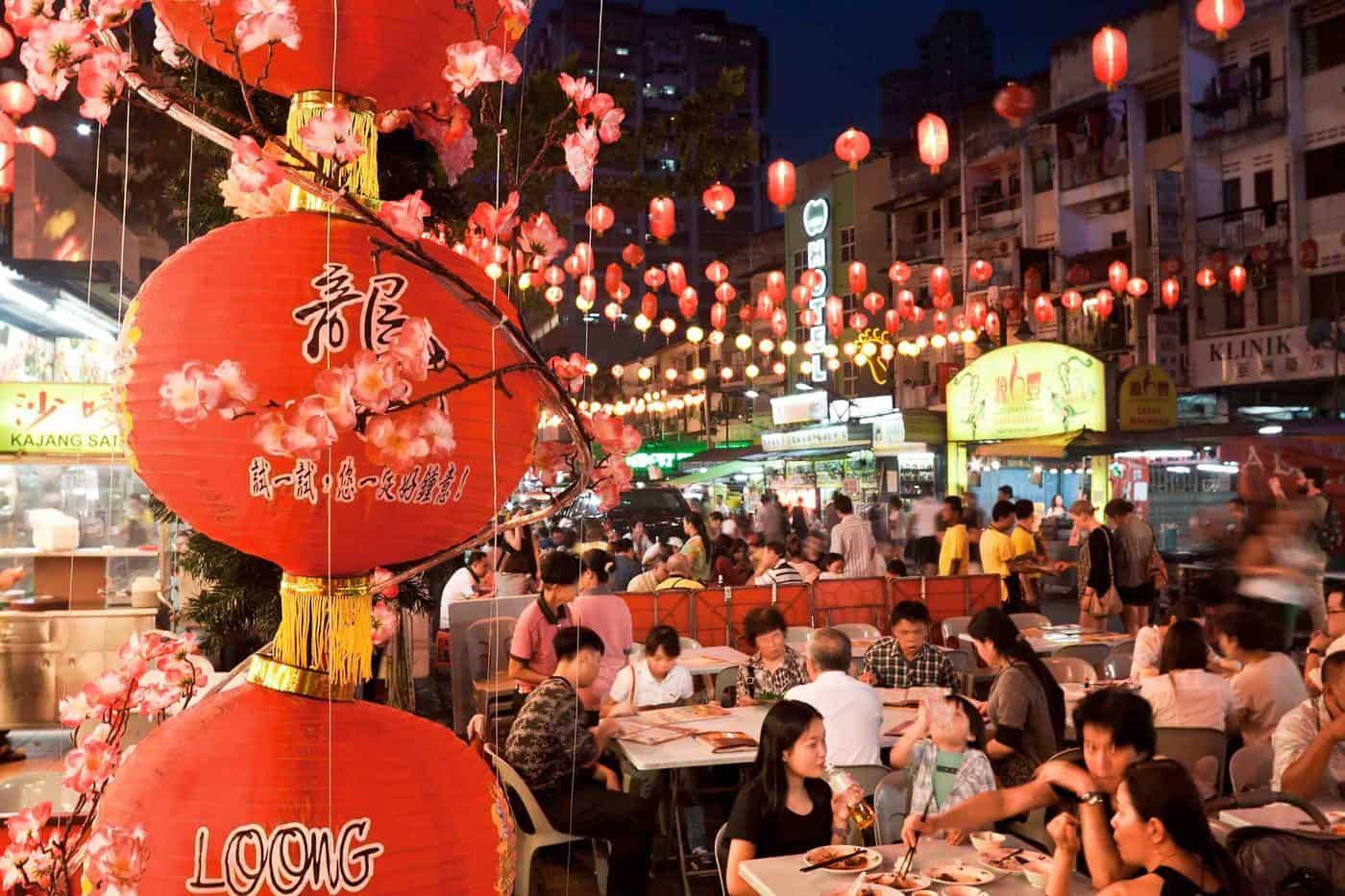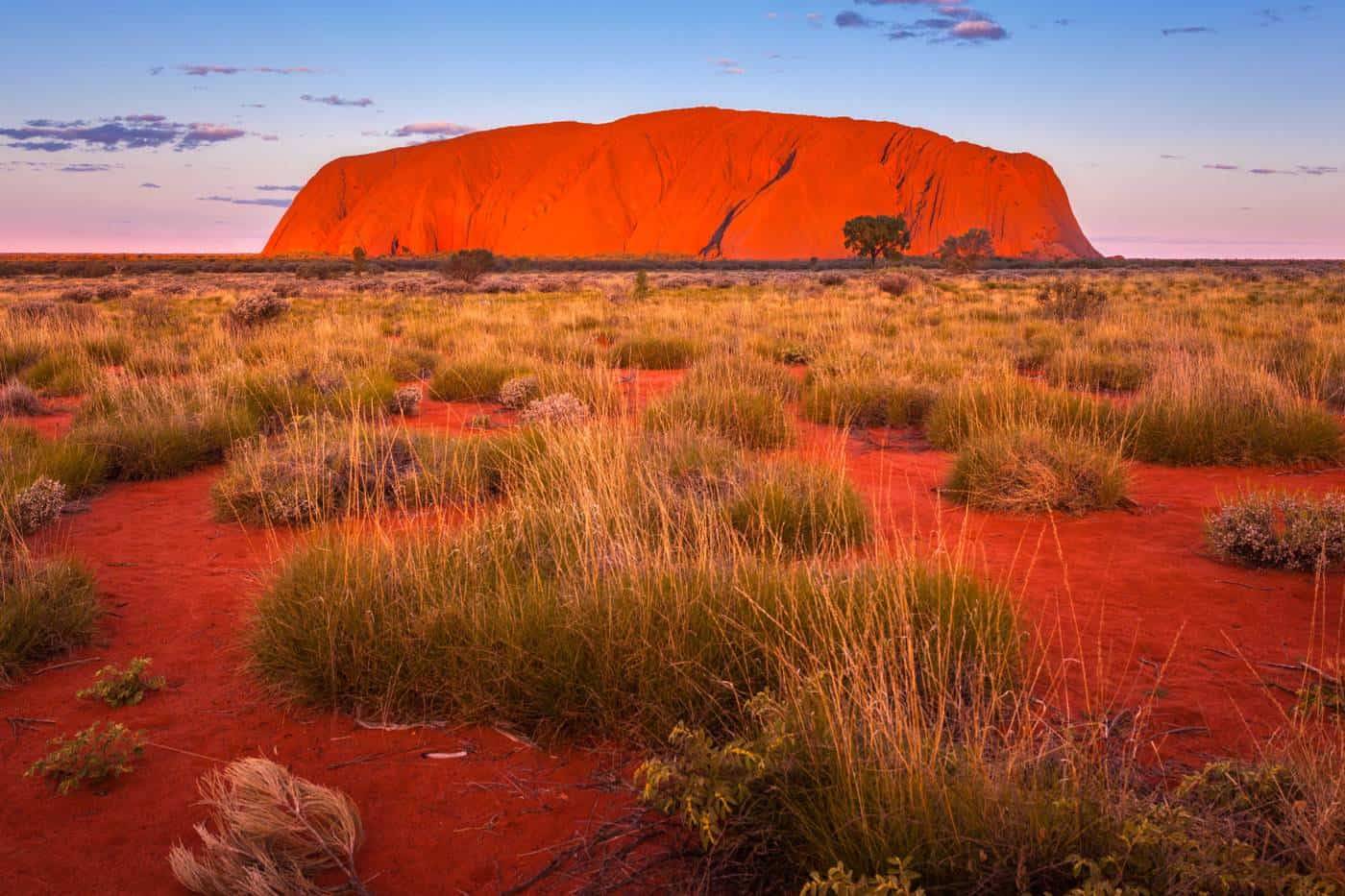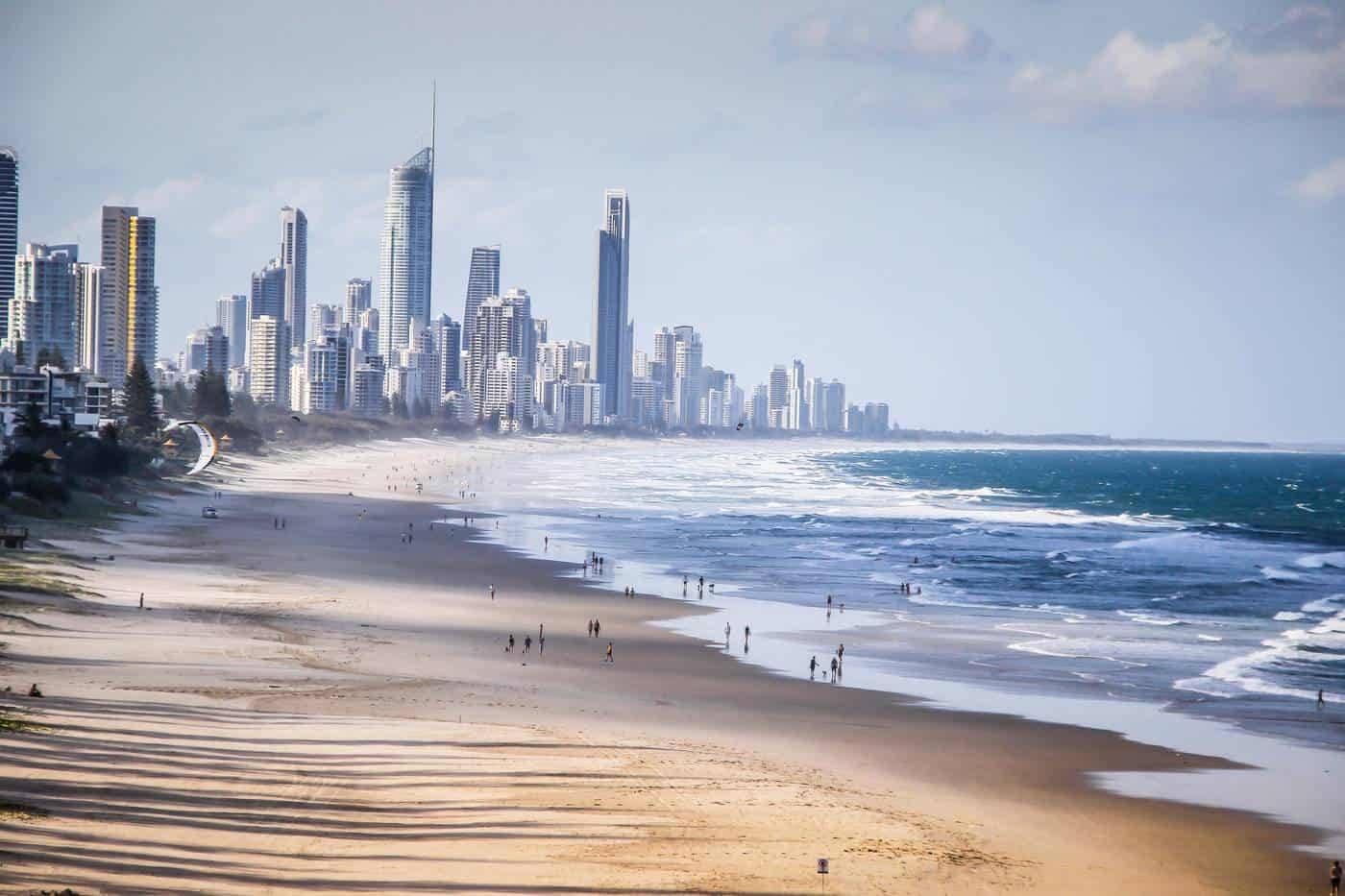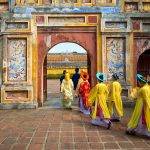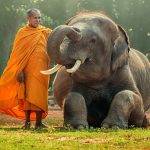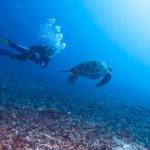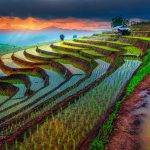
10 AMAZING VOLCANO HIKES AROUND THE WORLD
1.STROMBOLI (SICILY)
“The Lighthouse of the Mediterranean”- Stromboli is one of the 5 most active volcanoes in the world made it be one of the most visited. This tiny island is part of the volcanic Aeolian Archipelago, or so-called Lipari Islands, not far from Sicily, in the Tyrrhenian Sea.
Stromboli is a classical cone-shaped stratovolcano, 926 m above the sea level. It has been active for more than 2000 years, continuously erupting since 1932. Regular eruptions (every 30 min) are visible from long distances, best to enjoy by night. They are typically short, mild but quite energetic outbursts of lava up to a few hundred meters in height. The visitors can watch these “fireworks” from the rim of the old crater, almost directly above the active craters. Believe or not, it is a very safe natural viewing terrace and it only takes 1-2 hours to climb.
DID YOU KNOW? The word “VOLCANO” comes from Latin. In fact, it is derived from the name of Stromboli`s nearby brother Vulcano. In Roman mythology “Vulcan” was the God of Fire.
2.BROMO (JAVA)
Bromo is part of the volcanic Tengger Massif, in East Java, Indonesia. This huge volcanic complex consists of 5 overlapping stratovolcanoes, pyroclastic cones, lava domes, and maars. It dates back to approximately 820,000 years ago.
Mount Bromo (2329 m), is the most frequently climbed volcano of Indonesia, also because it is relatively easy to conquer. It is not the highest peak of the complex, yet the most impressive.
Particularly at sunrise, visitors can appreciate the magnificent views from Mount Penanjakan, after an early morning 2-hour hike (for those less fit ones, there is a service offering horse rides to the stairs up to the Bromo`s crater). Remember to wake up really early and take some gloves and a warm jacket!
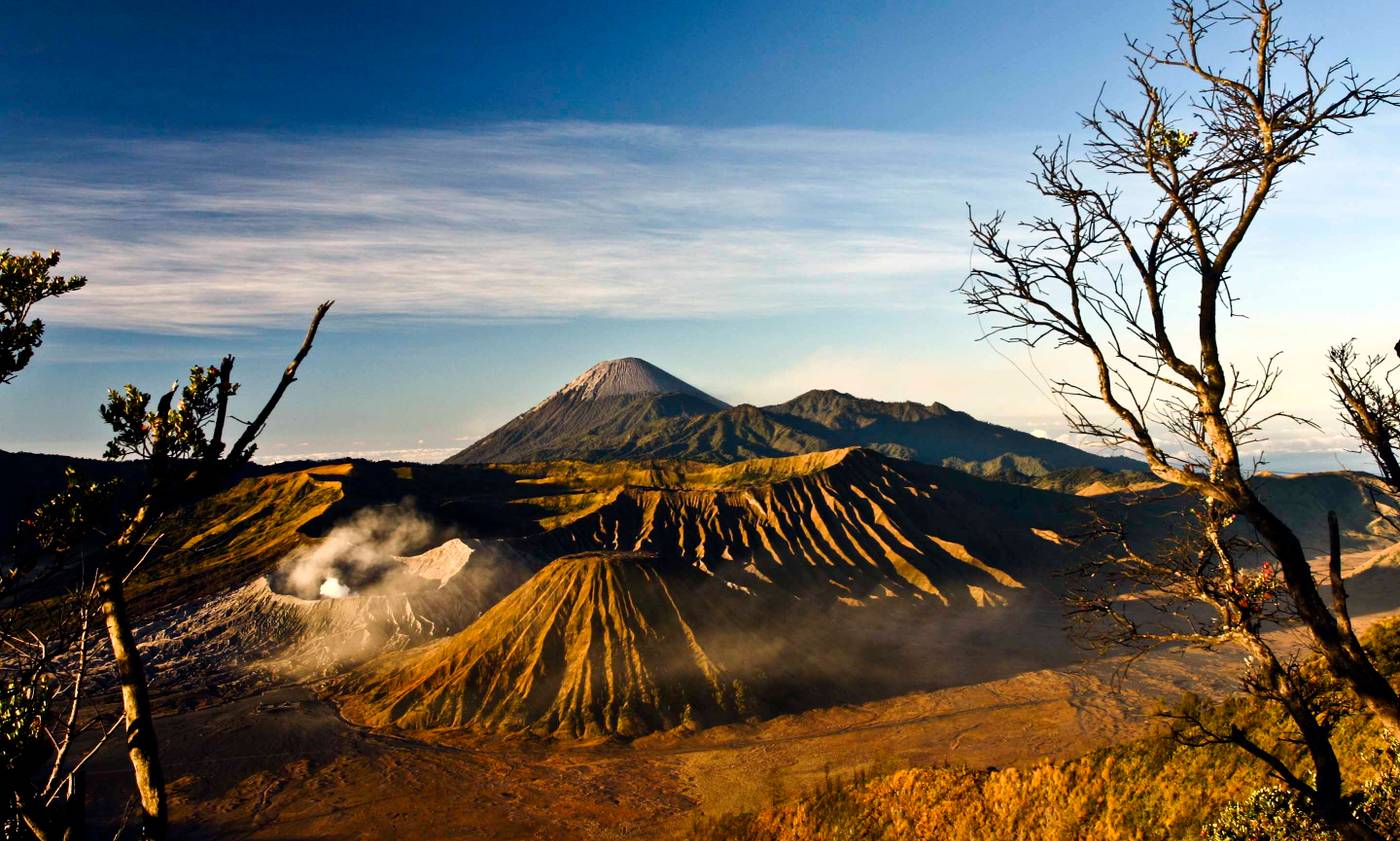
3.TONGARIRO (NEW ZEALAND)
For Maori people, the mountains have always had a huge spiritual importance and played a vital role in their history. That being so, Tongariro National Park was given to the nation by Maori Chief Te Heuheu Tukino IV in 1887 and became the first national park in New Zealand and one of the oldest national parks in the world. Emerald lakes, alpine meadows, and hot springs are encircled by conical volcanoes and the area was acknowledged by UNESCO as a World Heritage Site.
Standing at the heart of the North Island, 3 active stratovolcanoes are towering over the 20-kilometre long grassland; Mount Tongariro (1968 m), Mount Ruapehu (2797 m) and Mount Ngauruhoe (2291 m). The major attraction in the national park is the Tongariro Alpine Crossing – one of the country`s most scenic hikes. Here, in just 1 day, the hikers will get a chance to walk across a lunar landscape of craters, lava flows, active volcanoes, turquoise lakes, mountain springs and a volcanic desert. On a clear day, the views will make your jaw drop!

4.MAYON (THE PHILIPPINES)
Mount Mayon is clearly a very “pretty dangerous”. Its appearance might not look like much of a thread, yet this ‘innocent’ beauty is responsible for thousands of lives making it one of the best Volcano hikes. Just 300 km away from Manila, rising up to 2462 m, it rules the eastern side of the Luzon Island.
Although central summit crater is quite small, it is the most active volcano in the Philippines, with frequent and powerful eruptions, which often have destructive consequences. In 2006, such an explosion triggered a devastating typhoon Durian followed by calamitous floods. the volcano`s restless spirit has repeatedly been a cause for evacuations in this area.
In the local language, the name of Mount Mayon literally means “beautiful maiden”, based on an old legend of an irresistibly gorgeous young lady called Magayon. Undoubtedly, there is something irresistible about this volcano as it yearly attracts crowds of climbers who join the popular 2-day expedition to its crater.

5.PACAYA (GUATEMALA)
The highly active Pacaya (2560 m) is a more than 20 000 years old, large stratovolcanic complex, consisting of three old summits: Cerro Grande (2560 m), Cerro Chiquito (2460 m) and Cerro Chino (2260 m). It is located 30 km from the Guatemala City, in Guatemala.
Pacaya had been dormant for over a century until 1965 and it has been regularly spewing since then. On average, it steams every 15 minutes and it is characterized by strombolian explosions. The volcano produces frequent outbursts of lava bombs which look like fireballs ejected to long distances. The major eruption in 2010 resulted in a deadly tropical cyclone Agatha, followed by damaging floods and severe landslides.
Pacaya was declared a national park in 2005 and quickly it became an attractive destination for all adventurous climbers. Even though its powerful blasts and lava flows are most spectacular at night, the best time for setting out on the trip up to the summit is early morning and you should reserve the whole day.

6.SAKURAJIMA (JAPAN)
Every year admired by thousands of visitors many of which embark on a daring trip to its summit. Sakurijama, 1117 m tall and 50 km round, is one of the world`s greatest and most active stratovolcanoes with two main craters.
The Japanese call it the “Cherry Blossom Island” – much loved by tourists, yet hated by those whose beloved ones vanished in the raging lava flows of the furious mountain in 1914. Some locals still remember the horror of the disastrous explosion in 1914 when 10 billion tons of magma fluid had been flowing out of the Showa Crater for months and created a bridge connecting the island with Osumi peninsula.
Today, the former island is part of the city of Kagoshima in Kyushu. Afterwards, there came years of silence but not for too long; in 1955 the volcano woke up again and it has been erupting almost constantly ever since.
Now, Sakurajima is part of the Kirishima-Yaku National Park and the major tourist attraction; after a 15 min ferry ride, it only takes half an hour fairly steep climb up to the observatory station where, if weather allows, you can enjoy the magnificent views.

7.KILAUEA (HAWAII)
Hawaii is mainly known as a tropical paradise for surfers and beach lovers. With its remarkable fauna and flora, magnificent landscape and dream beaches, this marvellous Pacific archipelago is hidden at the end of the world truly is a heaven. And hell – quite literally. The Hawaiian Islands consist of five active volcanoes from which there is no escape, for being the most isolated place on Earth.
Kilauea (1247 m) is the youngest but the most active volcano in Hawaii. Looking at it, one would say “what a harmless bump”. Unlike Kilauea`s worldwide cousins, this Hawaiian volcano appears tame and mild. However, appearances are often deceptive. Its gently sloping sides veil immense amounts of fiery magma. Already its name speaks for itself: “much spewing”.
Since 1983 Kilauea has been perpetually erupting and it became the world`s most active volcano. Although its peak collapsed, Kilauea`s high state of activity made it be Hawaii`s most visited volcano, attracting millions of visitors annually.
Kilauea is part of the Hawaii Volcanoes National Park and the best way how to explore the area is to rent a car and drive around, stopping by at the main attractions. Hence, Kilauea is also called “the world`s only drive-in volcano”.

8.PITON DE LA FOURNAISE (REUNION)
Not far from Madagascar, overlooking the navy-blue waters of the Indian Ocean on the eastern side of Reunion, the king of the island, locally named the “Peak of Furnace”, has been thronging the area for more than 500, 000 years. Piton de la Fournaise (2632 m) is a twin volcano with two craters and is the third most active volcano in the world.
It is part of the Reunion National Park and one of the World Heritage Sites. This is another example of a ‘shield volcano’, less majestic, yet with constant basaltic lava flows. The regular explosions offer breathtaking views, especially when the streams of lava reach the sea. It is predicted that due to the volcano`s geographical instability it will eventually collapse into the Indian Ocean and cause a mega-tsunami.
The national park is a paradise for hikers. There are plenty of walking treks around the volcano. The shortest one only takes 45 min and it will take you to the Bory Crater, but it is quite a challenging climb. There is an easier but longer route to the Dolomieu Crater is doable within 2 hours. Driving around the island is a great option to see the unique volcanic landscape of the Reunion Island.

9.OL DOINYO LENGAI (TANZANIA)
Ol Doninyo Lengai is a fascinating volcano. It is not only as pretty as the picture it features a unique quality; it is the only volcano in the world producing carbonite lava. This sensational discovery showed that this type of lava has much lower temperatures and it does not emit enough light to glow during the daytime.
On the top of that, the scientists found out that this special lava behaves more like water. It has black colour though, and when cooled down it miraculously turns into a greyish powder. As a result of this distinctive phenomenon, the surrounding landscape is completely different from any other in the world and it provides abundant grasslands and succulent pastures.
Ol Doninyo Lengai (2962 m) dominates the Arusha Region in the north of Tanzania. Together with its nearby cousin Mt Kilimanjaro, they both occupy the Gregory Rift. Despite its remarkable attribute it is still a classic cone-shaped stratovolcano and it is possible to reach the summit with some help of the local guides but it is an extremely tough 3-day expedition only suitable for experienced and very fit hikers.

10.KLYUCHEVSKAYA SOPKA (KAMCHATKA)
One of the most spectacular between the best volcano hikes. The indigenous people believe that this is ‘the place where the world was created’ – Klyuchevskaya Sopka (4750 m). The sacred eminence is the highest mountain of Kamchatka and the highest active volcano in Eurasia declared as one of the Seven Wonders of Russia in 2014 as well a UNESCO Heritage Site.
With its ice cap surrounded by dead valleys, moss forests, mineral springs and geysers, Klyuchevskaya Sopka is a graceful “white lady” and the volcanic queen of Russia. It consists of one central crater (600 m in diameter), which is completely filled with lava and scoria, and more than 90 lateral craters and cones on the lower slopes. Since 1967, she has been continuously active along with her sister-volcanoes of Bezymianny, Karymsky, Tolbachik, Shiveluch, and Kizimen.
Because of the typical stratovolcanic shape, Klyuchevskaya Sopka can be climbed from all sides. This adventure might not be one of the cheapest ones but it is undoubtedly one of those you will never forget. It can be a fairly dangerous climb even for the most experienced ones.
Moreover, not many people speak English in Kamchatka and it is not easy to arrange a visa for Russia independently. Therefore, the best way to organize your trip is to book the usual 2-week long expedition online, all included.
